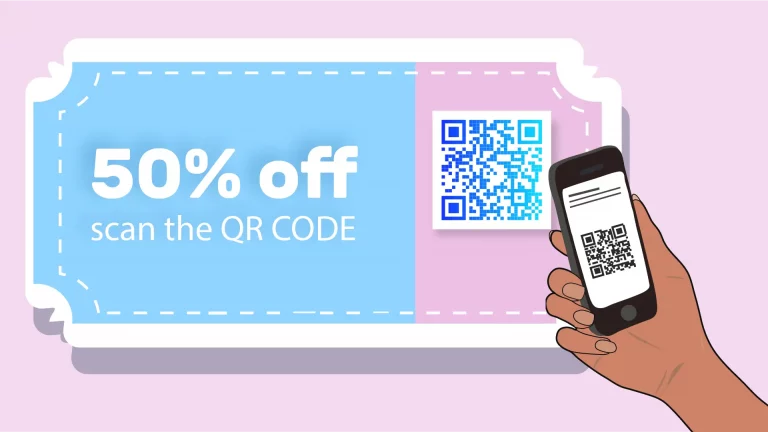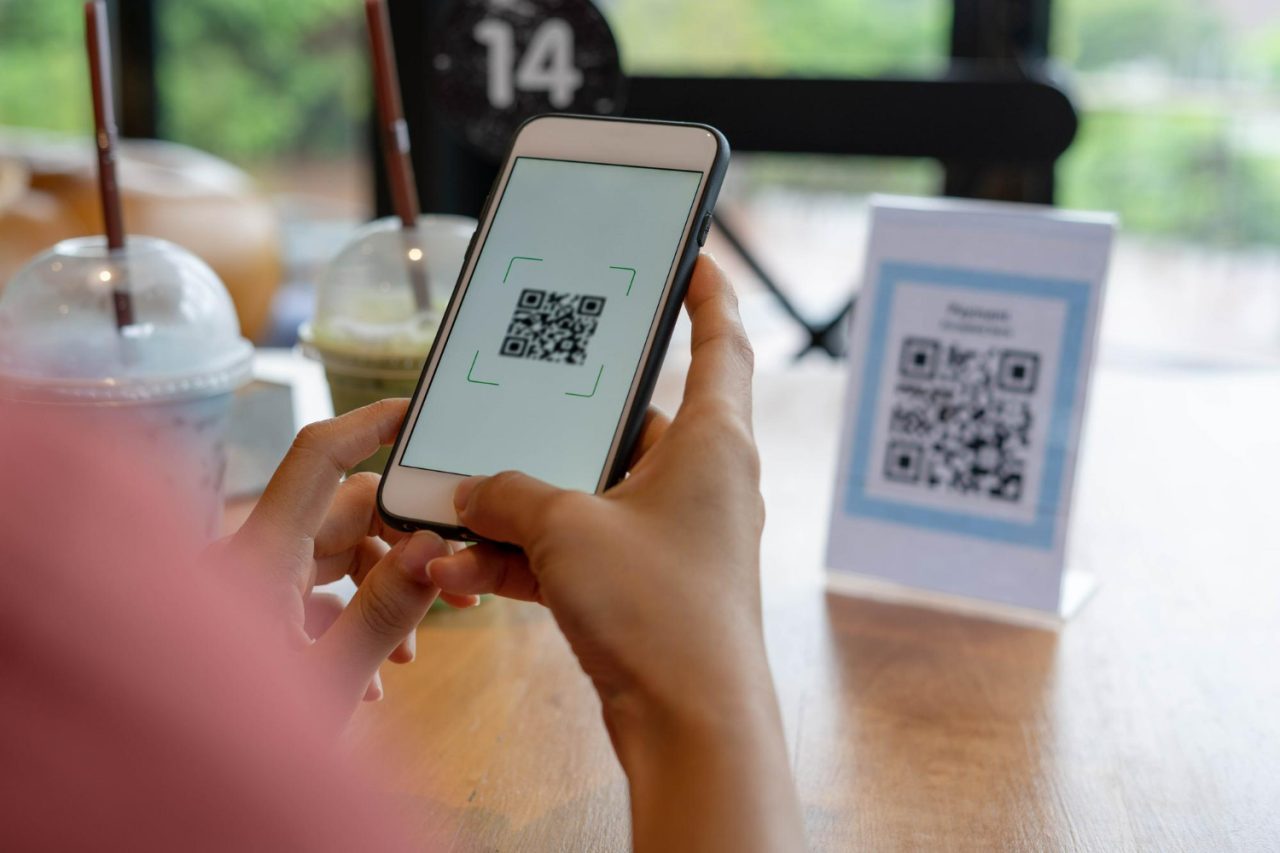Why a Loyalty System Is Necessary for Enhancing Customer Retention Prices
Wiki Article
Increase Client Retention With a Powerful Commitment System
In today's competitive industry, improving consumer retention is not simply beneficial but important for continual development. A well-designed loyalty system works as a pivotal device in this endeavor, fostering meaningful relationships between organizations and their clients. By recognizing the essential parts of reliable loyalty programs, organizations can tailor their techniques to satisfy diverse customer requirements. Loyalty System. However, the nuances of application and the measurement of success can be complex. What details elements can genuinely change a typical commitment initiative right into a strong competitive advantage? Checking out these questions may reveal crucial insights for your company.Relevance of Customer Retention
Consumer retention is a keystone of lasting organization success. It reflects the capacity of a company to keep its customers pleased and engaged in time, leading to repeat purchases and lasting earnings. Maintaining existing consumers is typically more cost-effective than obtaining brand-new ones, as it decreases marketing expenditures and cultivates a dedicated consumer base that supports for the brand.
In enhancement, high customer retention rates can improve a business's track record on the market, drawing in new consumers with favorable word-of-mouth and referrals. Organizations that prioritize customer retention are additionally better placed to collect beneficial feedback, enabling them to refine their offerings and address potential problems proactively. Eventually, effective customer retention methods produce a strong structure for growth, enabling companies to flourish in an increasingly competitive landscape.
Trick Elements of Loyalty Programs
A properly designed loyalty program offers as a powerful tool for enhancing client retention by giving rewards that motivate repeat business. To attain this, several crucial parts must be incorporated right into the program.First, a clear framework for rewards is crucial. Customers should conveniently recognize how to gain rewards or points, which can be based on acquisition regularity, costs levels, or details actions like references. This openness fosters trust and inspires interaction.
2nd, customization plays an important duty. Customizing incentives and communication to specific preferences enhances customer complete satisfaction and strengthens connections. By leveraging data analytics, organizations can supply targeted promos that resonate with customers' interests.
Third, simplicity of usage is vital. A smooth sign-up procedure and an instinctive user interface for tracking incentives can dramatically enhance consumer experience. If consumers locate it difficult to navigate the program, they may disengage.
Finally, normal communication and updates regarding the program keep it top-of-mind for customers. Informing them of brand-new rewards, unique deals, or program changes helps maintain rate of interest and interaction.
Integrating these elements properly can cause an extra effective commitment program that significantly improves consumer retention.
Types of Commitment Systems
Discovering different kinds of commitment systems reveals distinctive approaches that businesses can embrace to promote customer retention. One usual type is the points-based system, where consumers make points for every single acquisition, which can later be redeemed for benefits. This uncomplicated technique incentivizes repeat acquisitions and maintains consumers involved.
Cashback loyalty programs, where clients get a portion of their acquisitions back as money or store credit report, are additionally preferred. This model directly rewards spending, producing an immediate incentive for clients to return.
Additionally, subscription-based commitment systems give consumers with special advantages for a repeating charge. This technique not just makes sure a constant revenue stream but likewise promotes long-lasting relationships with clients that value recurring perks.
Finally, experiential loyalty programs focus on using unique experiences, such as exclusive occasions or customized services, enhancing psychological connections and brand name commitment. Each kind of commitment system offers one-of-a-kind benefits, allowing services to align their techniques with consumer preferences.
Ideal Practices for Execution
When carrying out a loyalty system, companies need to focus on understanding their customer base to tailor the program efficiently. Performing comprehensive study to determine customer inspirations, preferences, and actions is crucial. This insight will assist the style of the loyalty program, guaranteeing visit our website it reverberates with the target market.Selecting a model that lines up with client expectations can enhance involvement. In addition, simpleness is critical; customers must quickly comprehend just how to gain and redeem rewards.
The loyalty program should seamlessly attach with point-of-sale systems, mobile applications, and customer connection management (CRM) tools to offer a natural experience. Organizations should regularly advertise the commitment program via different channels, ensuring customers are aware of the benefits.
Lastly, collecting ongoing feedback is essential for constant enhancement. Obtain consumer input to fine-tune the program and adapt to changing preferences, inevitably promoting long-term loyalty and improving client fulfillment.
Gauging Commitment Program Success
Successfully applying a loyalty program lays the groundwork for gauging its efficiency. To determine success, organizations need to develop clear metrics that line up with their goals. Key performance indicators (KPIs), such as customer retention rates, typical purchase worth, and frequency of repeat acquisitions, offer useful insights into program efficiency.
An additional critical measure is the redemption price, which indicates just how frequently customers use their benefits. A high redemption price commonly reflects a program's good looks and relevance to clients. Additionally, tracking consumer involvement through participation in exclusive promotions or occasions can reveal fads in commitment actions.
Consumer feedback is likewise vital; surveys and emphasis groups can illuminate assumptions of the loyalty program, highlighting locations for improvement. In addition, examining customer lifetime worth (CLV) can assist their explanation quantify the monetary impact of commitment efforts.
Carrying out these dimension techniques allows companies to examine the program's effectiveness continually. This data-driven strategy allows informed choices for enhancing offerings, enhancing consumer experiences, and eventually fostering deeper customer commitment. By routinely assessing these metrics, organizations can ensure their loyalty programs evolve in tandem with client expectations and market dynamics.

Final Thought
To conclude, a well-structured loyalty program significantly enhances client retention by fostering strong connections through personalized benefits and effective communication. Carrying out best practices makes sure that the program remains pertinent and straightforward, while continual feedback promotes recurring improvements. Ultimately, a powerful commitment system not only enhances client contentment however also drives repeat purchases, establishing a devoted consumer base that is crucial for long-lasting organization success and maintained success.Retaining existing clients is frequently extra cost-efficient than obtaining new ones, as it minimizes advertising and marketing costs and promotes a dedicated consumer base that promotes important site for the brand name.
In addition, high client retention prices can improve a company's reputation in the market, attracting brand-new consumers via favorable word-of-mouth and recommendations.When executing a loyalty system, businesses should prioritize comprehending their client base to tailor the program efficiently. Businesses ought to consistently advertise the commitment program with different networks, making certain clients are conscious of the benefits.
Eventually, a powerful loyalty system not just boosts client fulfillment yet also drives repeat acquisitions, developing a dedicated consumer base that is crucial for long-lasting service success and maintained profitability.
Report this wiki page